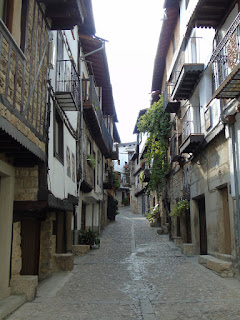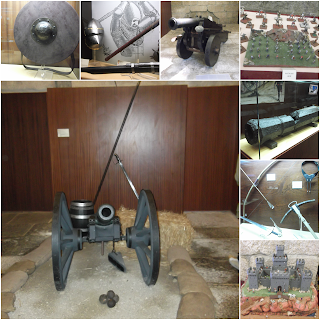September, 2018
Before I talk abou this little spanish village, let me say.... I'm back... again. The trips continued, but unfortunately I stop writting about them here. But now I decided do keep going with the blog, because it feels good to remind some funny episodes that I lived during my adventures, and also, because it keeps my memory alive... of course I have photos, but I think that writting about my trips, and share them with whom might be interested it just ads value to them, also because sometimes I go to places that aren't the most turistic ones.
So.. now I will tell you about this village called Mogarraz!

Mogarraz is a village of Spain in the province of Salamanca. This is a plce located in the heart of the Natural Park of Batuecas and Sierra de Francia. It's a medieval village built and repopulated in the 11th century by French, Gascans and Roseloneses, but its stone architecture remains intact.





Mogarraz has throughout its narrow streets, painted portraits of its ancient inhabitants. Those were painted by a local paintor called Florencio Maíllo, who had the idea to portray them based on the IDs photographs.


It is small, and the streets ara pratically deserted, even as I strolled through them, discovering every corner I found a gentlemen sitting quietly, enjoying the afternoon rays of sunlight, at the door of his house, to find out in a short conversation that he has the same man, whose painted photograph layed above his head.I kindly asked permission to take his picture and with all the serenity he accepted and quickly, also him became a momentary attraction of the village.
I hope you've enjoyed it, and if you have the time, take a walk through this little charming village. Leave you with more photos!!!



































